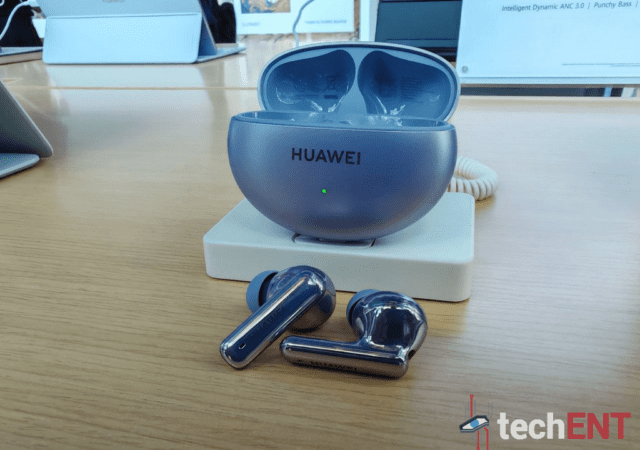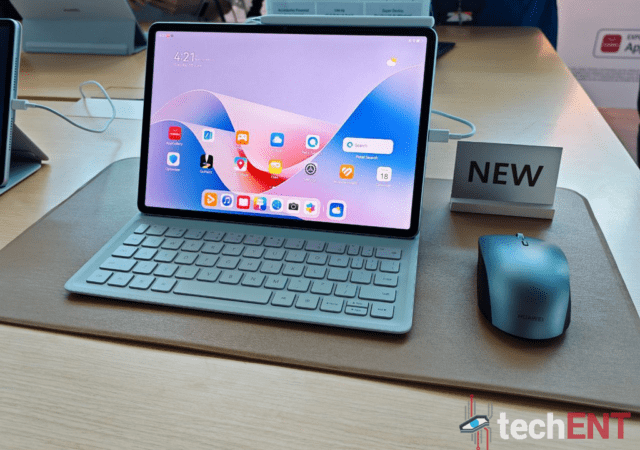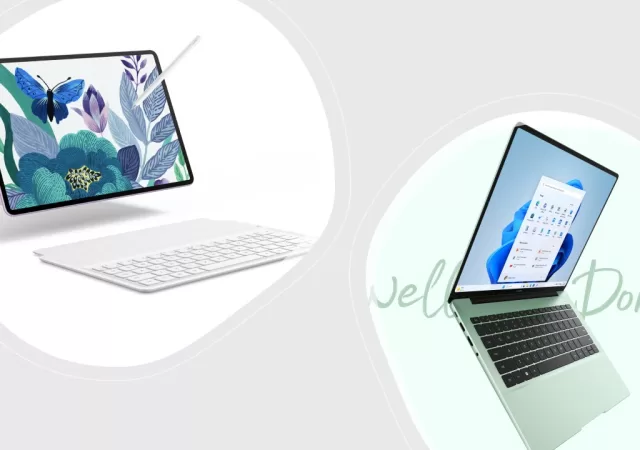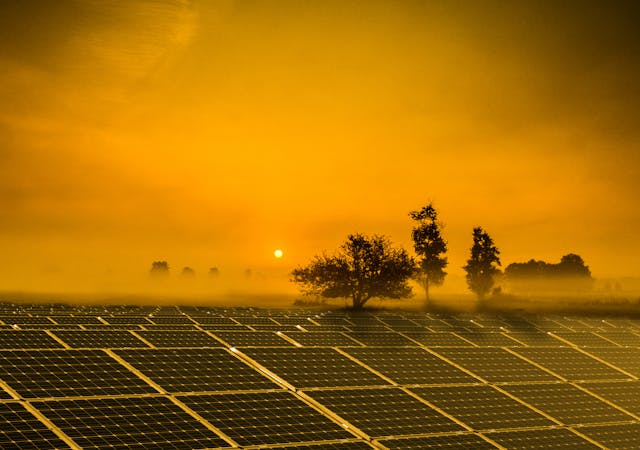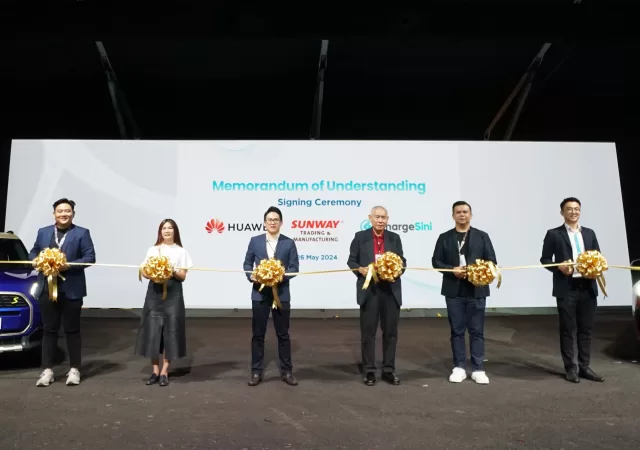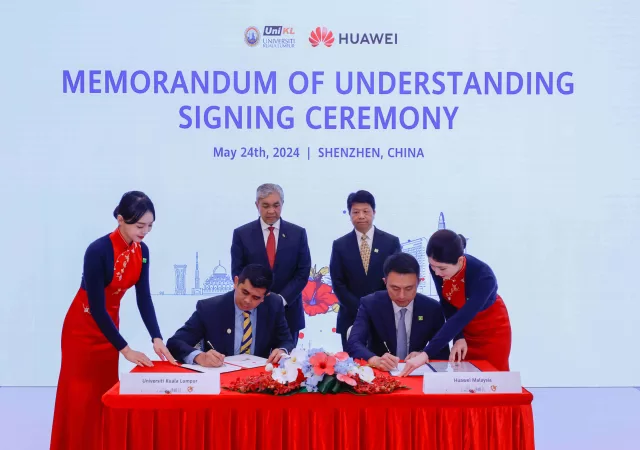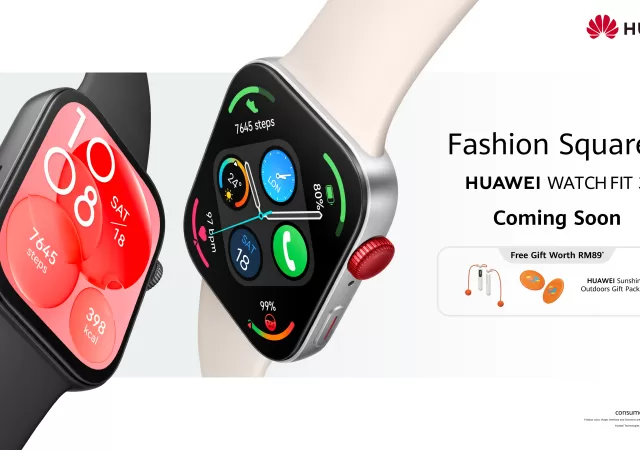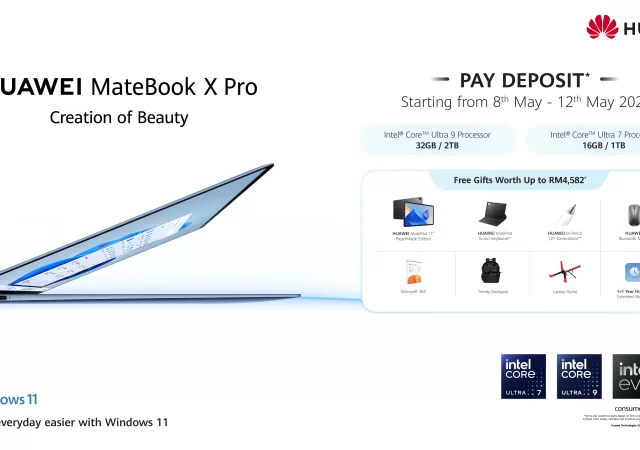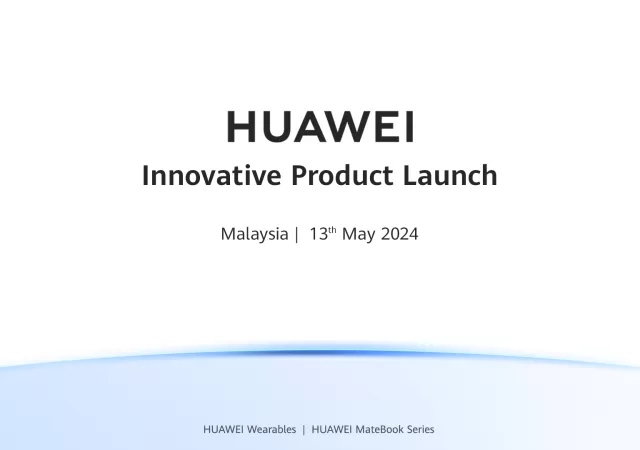Huawei announces the Freebuds 6i in Malaysia bringing affordable, premium, true wireless audio at a more affordable price.
HUAWEI Unveils Two MatePad Options: The All-New PaperMatte Display & Budget-Friendly SE
Huawei announces a duo of tablets spearheaded by the new MatePad 11.5″ S Papermatte Edition built for both work and play.
Huawei Opens Pre-Orders for New Productivity Devices Ahead of Malaysian Launch
Huawei announces blind pre-orders for the upcoming Matebook 14 and MatePad 11.5″ S in Malaysia!
Modern Energy Systems: Malaysia’s Road To Clean Energy
Carbon neutrality, sustainability and meeting energy demands are key issues that Malaysia has to address in its sustainability journey. Huawei Digital Power weighs in on the energy trilema.
Sunway, Huawei & ChargeSini Join Forces to Boost Malaysia’s EV Charging Network
Sunway Group, Huawei Technologies Malaysia, and ChargeHere EV Solution (ChargeSini) have signed a significant agreement to expand electric vehicle (EV) charging infrastructure across Malaysia. This collaboration aims to address range anxiety, a major concern for EV owners, and accelerate the…
UniKL and Huawei Malaysia Join Forces to Advance Smart City and Flood Mitigation Technologies
Huawei Malaysia and UniKL sign a memorandum of understanding (MoU) paving the way for bilateral collaboration that will focus on smart cities and flood mitigation.
US Revokes Chip Sales Licenses for Huawei Escalating Tech Tensions
US revokes licenses allowing access Huawei access to chips required in its product line up.
Huawei Watch Fit 3 Available for Blind Pre-order in Malaysia
Huawei opens blind pre-orders for the Watch Fit 3 in Malaysia giving consumers time to get their hands on the latest wearable ahead of the rest.
Huawei’s MateBook X Pro Pre-orders Kick Off in Malaysia
Huawei kicks off the bling pre-orders for the upcoming Matebook X Pro that’s poised to launch on May 13, 2024.



